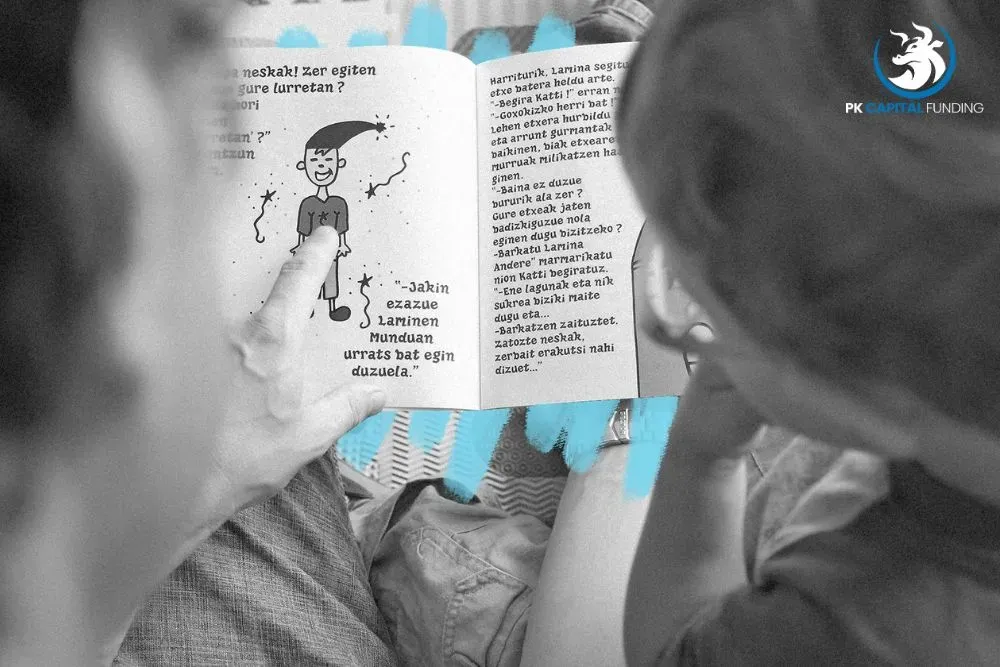
The disastrous effects of the Spanish Civil War on the Basque region, particularly the city of Guernica, are depicted in Pablo Picasso’s well-known painting “Guernica.” Euskara, or “Basque,” the region’s distinctive old language, was outlawed by Spanish dictator Francisco Franco as a result of the battle, almost resulting in its extinction. But Basque Country was given its (limited) autonomy after Franco’s death in 1975, and the language saw a comeback. Though most people speak a modern dialect created in the 1960s, there are currently at least six distinct Basque dialects. Speaks by 35% of the Basques, Euskara is still one of the most enigmatic languages in Europe.
Euskara is distinct from all other spoken languages that are spoken today and is considered a “language isolate,” meaning it has no linguistic relations. The Vasconic substrate hypothesis, which holds that Basque is the only extant language of an extinct family of Vasconic languages, is accepted by some linguists but rejected by others. The majority of scholars concur that farmers who were geographically cut off from the rest of Europe by the Pyrenees mountain range in northeastern Spain and southwest France most likely developed Euskara during the Neolithic period, or late Stone Age. Around the second century BCE, with the arrival of the Romans and Indo-European languages (i.e., the Romance languages), its popularity declined.
The enigma still exists today. A 2,100-year-old inscribed amulet from Navarre, in northeastern Spain—the birthplace of the Basque language—was recently discovered to have inscriptions in a Vasconic language that may be connected to Euskara. Because the inscription’s first word, “sorioneku” or “sorioneke,” is so similar to the contemporary Basque word “zorioneko,” which means “good fortune,” scholars think this amulet may hold more clues to the mystery of the Basque language.
